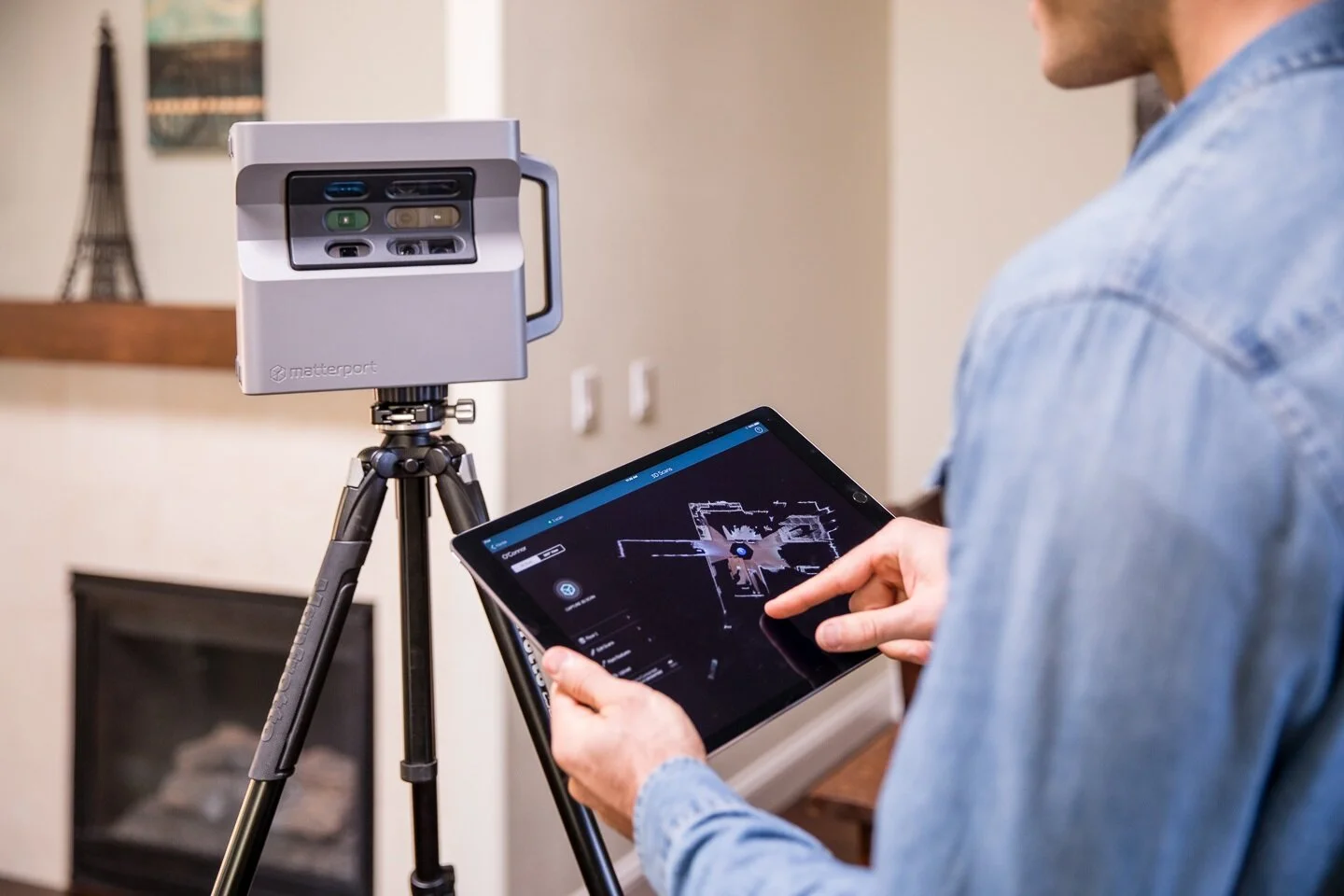Some multifamily IRO investors have acquired smaller properties, ranging from 2-to 30-units. The idea of buying a property more significant than that can unquestionably be intimidating. But it doesn't have to be. It is critical to complete a meticulous due diligence process. This piece explores how to conduct due diligence on a large(r) apartment community.
What is due diligence?
Due diligence (DD) is the careful, meticulous evaluation of a potential investment. It serves the new buyer by reaching a comprehensive understanding of the apartment community's repair needs and economic performance potential. It comprises an evaluation of the asset along with its financials. However, let's dial in on physical property walk-throughs.
In concert with your home inspection, the due diligence walk-through typically happens after a Purchase and Sale Agreement (PSA) has been approved between the buyer and seller.
What to Look for During a Walk-Through
With actual due diligence, you want to examine every nook and cranny of the property and develop a complete list of the repairs/rehab required. Next, use that file to build a full capital budget to counterbalance against your original underwriting, looking for any unexpected concerns you didn't initially account for, and make sure the lender's rehab plan is approved.
The due diligence (DD) process includes:
Unit Walks: We suggest a shutterbug style approach. You'll be taking 40+ full-view pictures per unit, including flooring, countertops, fixtures, etcetera. You'll want to make the unit number the first picture so you can bookend and differentiate between units after the fact. Take snapshots of the service tags on appliances to accumulate serial numbers and make/model information, which can benefit property management down the road. You want to see each unit during DD as you never know what you may find behind closed doors.
Major Systems: Inspection of all major systems involves scoping plumbing lines, examining building foundations, notating HVAC systems, etcetera. Contemplate using drones to get footage of the area and gain a birds' eye view of systems like the roof.
Deferred Maintenance:
Check the structural integrity of railings, staircases, and balconies.
Keep an eye out for wood rot, cracked sidewalks, fence conditions, and more.
Note every item across the property to immediately conclude if the condition is good, functional, or needs replacement.
Use of Technology: In addition to using drones to fly the property, several new technologies can help streamline your due diligence process.
Many firms carry a standard point-and-shoot and now $3k Matterport professional 3D cameras to capture the walk-through of units to share with team members back at the office. The Matterport also enables the production of 3D dimensional floor plans. These cameras are pricy with a 135-megapixel resolution and pairs with any iOS device running the Matterport Capture app. Depending on the portfolio's breadth, some Class B and C apartment buildings may not have this option, with its unlimited 4K print quality photography to view floor plans, helping to lease units.
Additionally, Sketchfab can create 3D models for the building exterior, which can be used to do mockups for exterior capital improvements, like new exterior paint or roofing.
Many DD teams will also use phones and tablets to upload pictures in real-time to the cloud as they check-in and out of units. This allows any buyer and his/her partners to observe inspections in real-time and virtually access the report. This feature is invaluable when all the partners cannot be present during the unit walks, especially if they are travel restrictions during the current pandemic.
What precautions are being made given current COVID-19 concerns?
The due diligence team members, residents, and staff's safety should be the priority. Take extra precautions during site visits, including wearing masks and avoiding touching anything inside of units as much as possible. Gloves can be used in instances where needed, such as opening electrical panels, peeking into HVAC closets, etcetera.
Another advice is that the current climate is to minimize the number of people and time spent in each unit. The typical time in a unit can often be less than 5 mins. Get in and out!
Closing the Deal
If everything at the property is in as-expected condition, now is your time to seal the deal! Finalize any negotiations with the seller and bake the final numbers into your underwriting. If the numbers still work, including the cost of any capital improvements, you could soon be the proud new owner of a larger apartment community – a great way to grow and scale your real estate portfolio.
